How To Grow A Persimmon Bonsai Tree
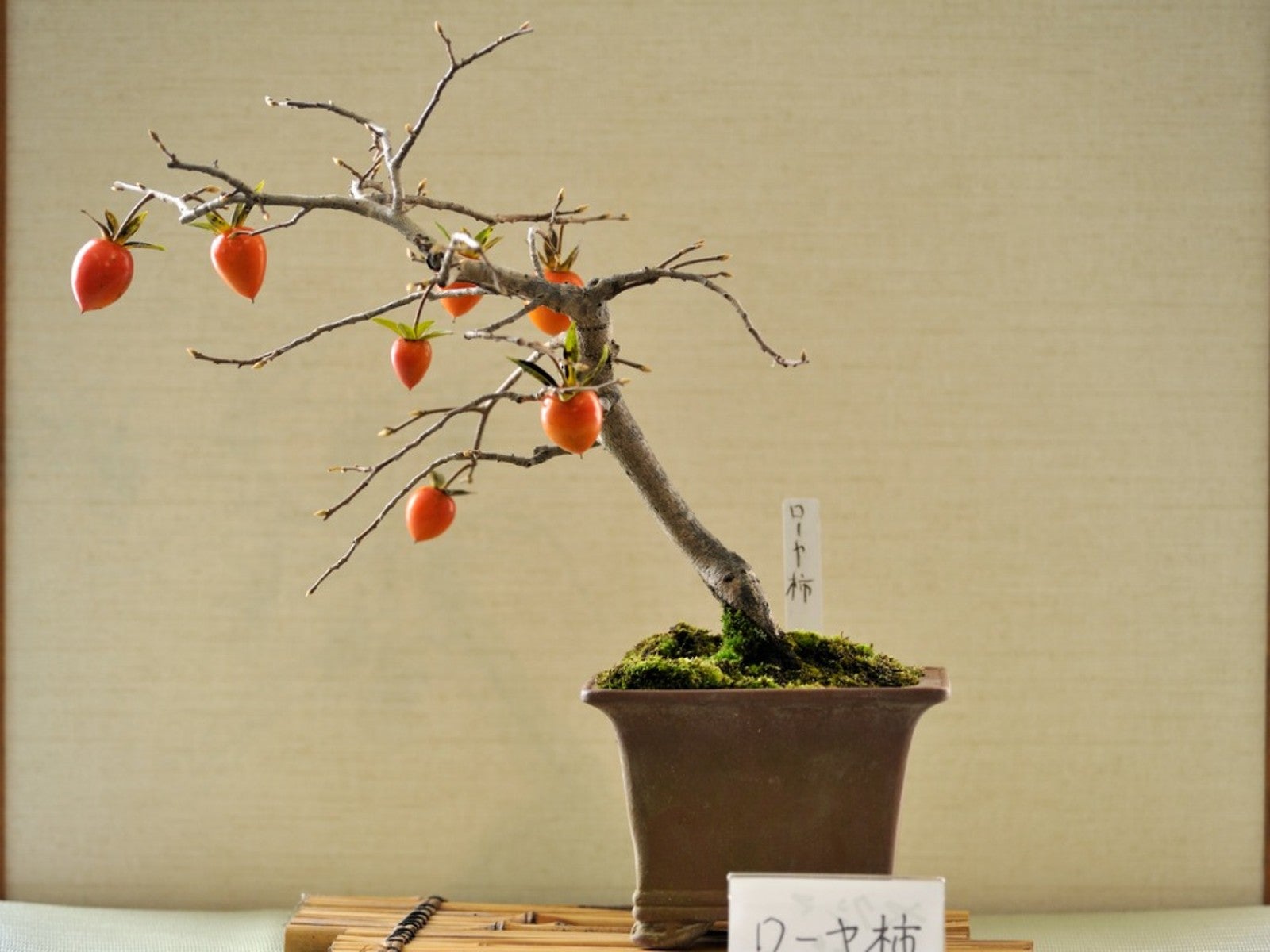

Are you looking for a unique indoor plant that will light up your home in season? We’ve got just what you need: a bonsai persimmon crafted from a Princess Persimmon specimen. These persimmons produce tiny bright fruit which, together with their diamond-shaped leaves, can create a stunning miniature persimmon tree.
Creating a dwarf persimmon tree is also an interesting project and lots of fun. How do you keep a persimmon tree small? Read on for the juicy details.
Small Persimmon Tree
Although we usually recommend planting native trees, when it comes to a bonsai persimmon, we don’t recommend the American native, Diospyros virginiana. American persimmon trees can grow to well over 135 feet (45 m.) tall. If you start with a small persimmon tree, it will require less effort to create a bonsai persimmon.
One species to consider is a princess persimmon (Diospyros rhombifolia). Naturally small, it also bears small fruit in bright shades of orange red. It is popular for bonsai because of its size, attractive fruit, and ease of propagation.
Propagating a Persimmon
You will want to use a female tree for a miniature persimmon, since only females bear fruit and a small tree with fruit is much more attractive than a small tree without fruit. That makes growing the tree from seed problematic.
If you try to grow a princess persimmon from seed, there is no way to determine whether the seedling is a male or female plant for many years. Waiting all those years to determine it is a non-fruiting male is enough to make many gardeners renounce the project.
The key to creating a bonsai persimmon in a reasonable time frame is to propagate it by root cutting. A root cutting produces a clone of the parent tree, which means that a cutting from a female princess tree will produce another female princess persimmon.
Gardening tips, videos, info and more delivered right to your inbox!
Sign up for the Gardening Know How newsletter today and receive a free copy of our e-book "How to Grow Delicious Tomatoes".
As soon as a fruiting persimmon tree produces pencil-sized roots, remove one or more to create new plants for bonsai.
Understand Bonsai Techniques
If you’ve never done bonsai before, it’s a good idea to read some articles about the art, or even to take a class. Bonsai is pronounced bone sigh, with the first word meaning pot and the second meaning plant. Bonsai described both the plant being miniaturized and the technique used to keep it small.
Although the Japanese perfected the art of bonsai, this method of keeping trees small enough to show them off in containers in courtyards originated in China. Today the art of bonsai is a popular hobby in the United States.
Bonsai trees are miniatures, carefully pruned to create an appealing structure. How do you keep a persimmon tree small? The process involves both astute and meticulous trimming as well as wiring branches into places where they create a balanced branch structure. There are many classic forms of bonsai including upright, slanting, cascade, and clump.
To get started on a dwarf persimmon tree, determine the bonsai style that appeals to you, then begin the pruning process. Prune out any dead branches, then branches that don’t work with your plan. Wire branches to be adjusted carefully since they can be brittle. It pays to use both hands to wrap the wire.

Teo Spengler is a master gardener and a docent at the San Francisco Botanical Garden, where she hosts public tours. She has studied horticulture and written about nature, trees, plants, and gardening for more than two decades. Her extended family includes some 30 houseplants and hundreds of outdoor plants, including 250 trees, which are her main passion. Spengler currently splits her life between San Francisco and the French Basque Country, though she was raised in Alaska, giving her experience of gardening in a range of climates.
-
 Looking For Plants To Give You The Soft And Fuzzies? Try These 5 Fuzzy Leaf Plant Options
Looking For Plants To Give You The Soft And Fuzzies? Try These 5 Fuzzy Leaf Plant OptionsLovers of texture, drama, silver foliage and tactile plants will adore these special sensory garden additions. These fuzzy leaf plant options will leave you all aglow
By Susan Albert
-
 Get Ready For A Summer Of Hummers! Grow These Full Sun Hummingbird Plants and Flowers
Get Ready For A Summer Of Hummers! Grow These Full Sun Hummingbird Plants and FlowersIf you’re lucky enough to enjoy a sunny backyard, make sure you are maxing out on your pollinator opportunities and grow these full sun hummingbird plants and flowers
By Tonya Barnett
-
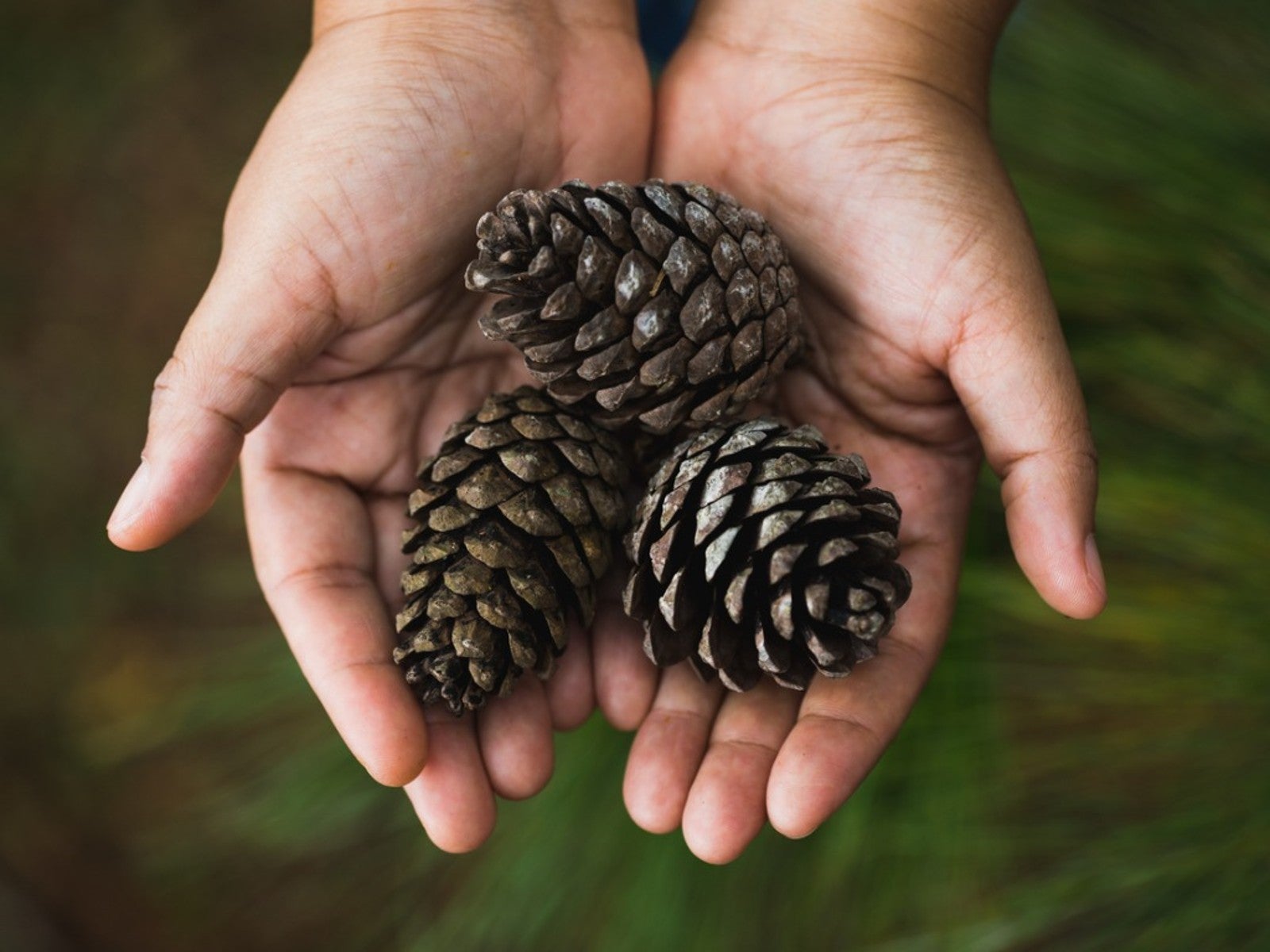 How To Grow A Pine Cone Bonsai Tree
How To Grow A Pine Cone Bonsai TreeWant to learn how to harvest seeds from a pine cone to start a pine cone bonsai tree? Click here to read all about it.
By Teo Spengler
-
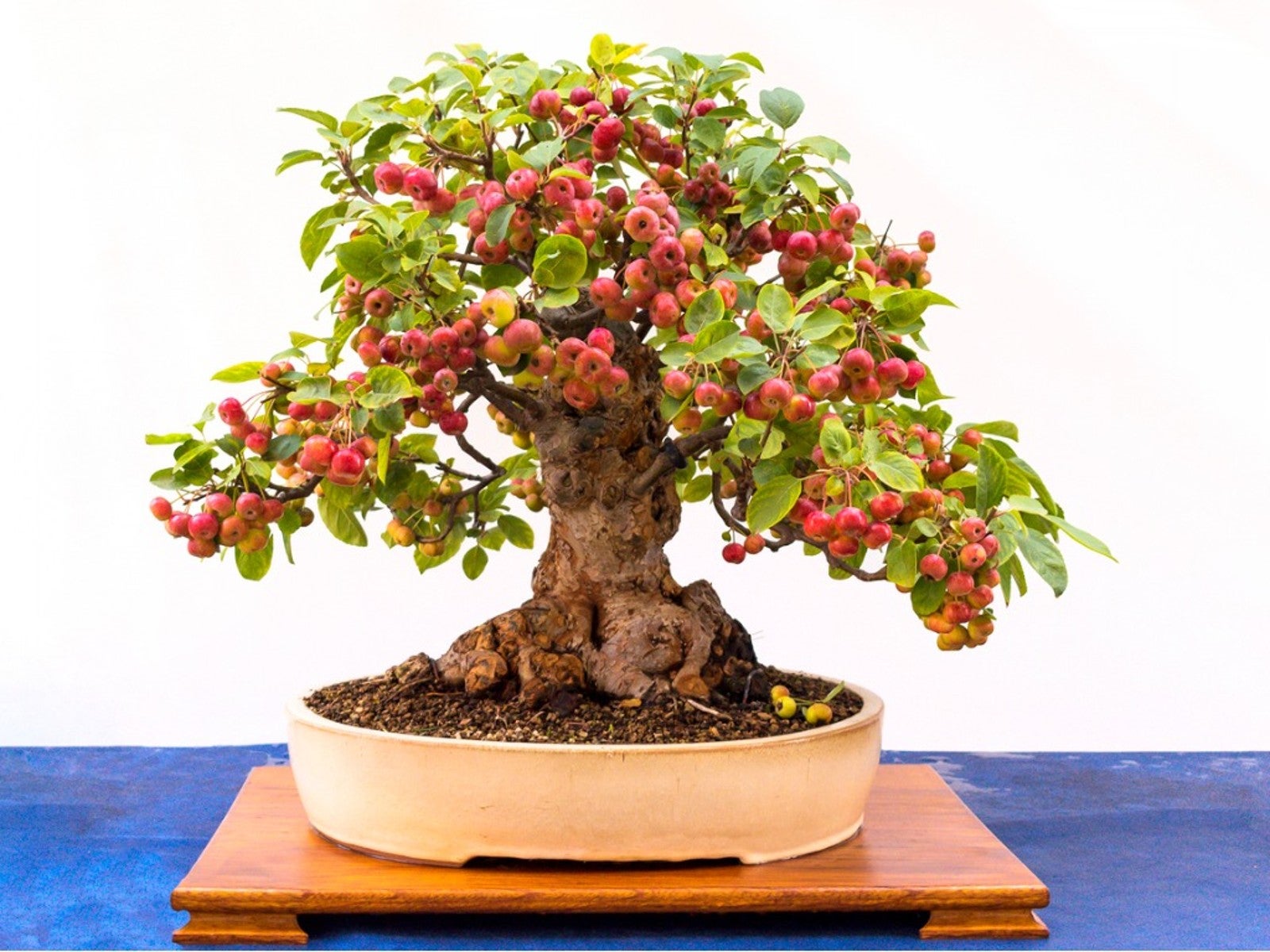 How To Grow A Bonsai Apple Tree That Produces Fruit
How To Grow A Bonsai Apple Tree That Produces FruitWhat could be sweeter than a miniature apple tree? Learn how to create an apple tree bonsai.
By Teo Spengler
-
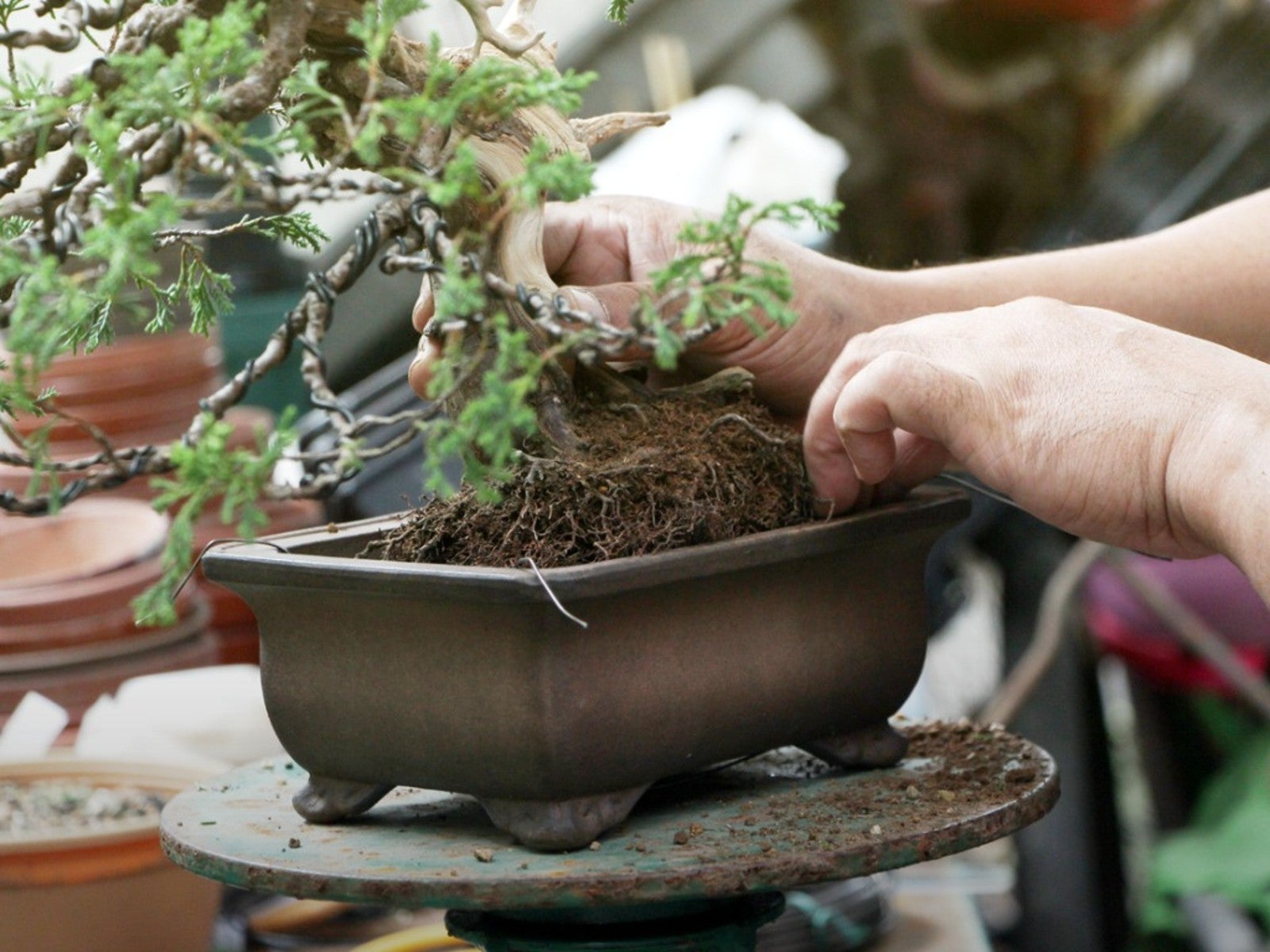 Tips For Repotting Bonsai Trees
Tips For Repotting Bonsai TreesThere’s an art to repotting a bonsai tree. Click here to learn how to do it successfully.
By Teo Spengler
-
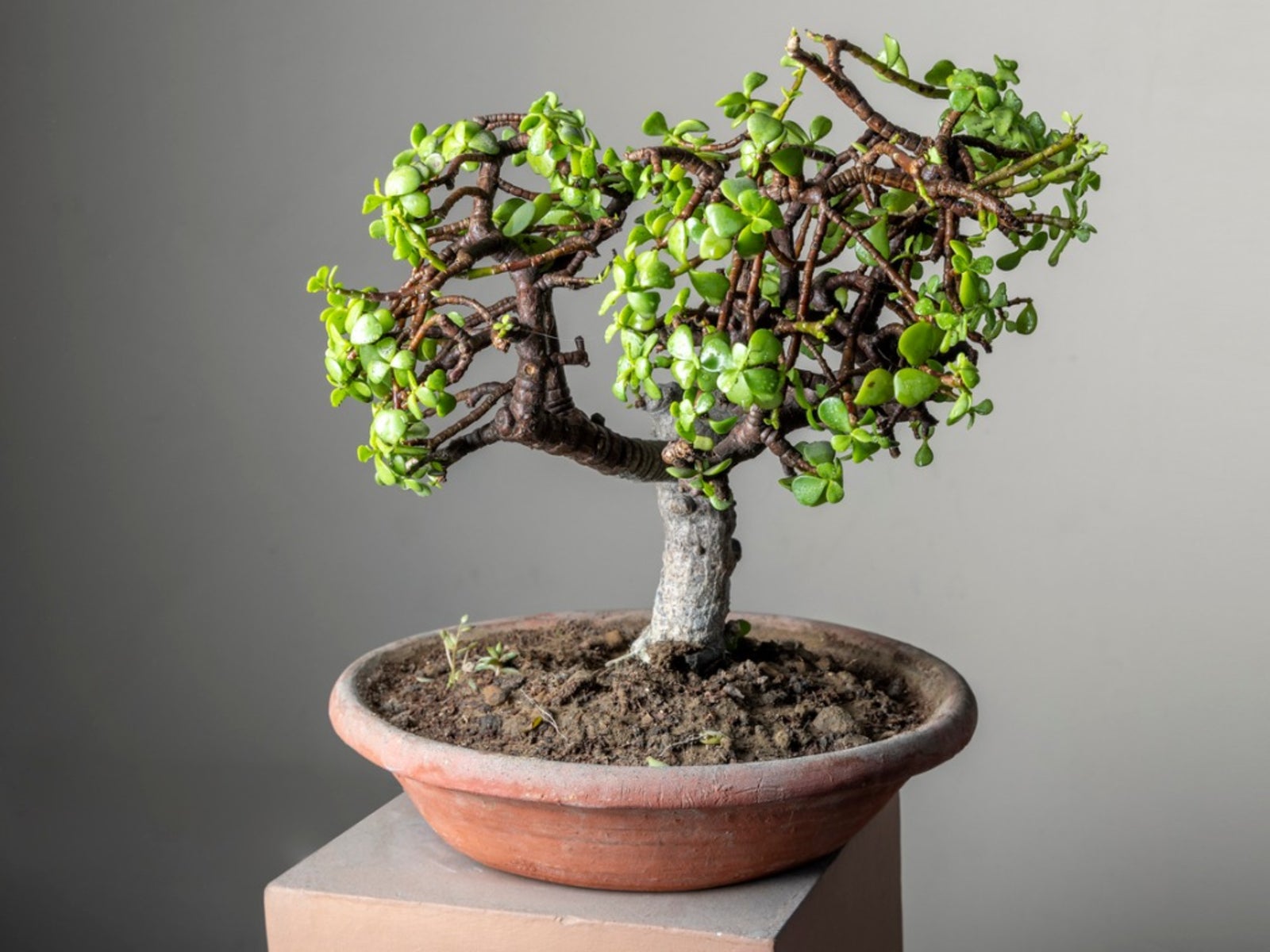 Succulent Bonsai Trees - Choosing Bonsai Looking Succulents
Succulent Bonsai Trees - Choosing Bonsai Looking SucculentsYou can create your own succulent bonsai trees quite easily. This is because many succulents are naturally tiny and hardy and don't mind the trimming required to make a bonsai form.
By Bonnie L. Grant
-
 Fukien Tea Tree Bonsai: How To Grow A Fukien Tea Tree
Fukien Tea Tree Bonsai: How To Grow A Fukien Tea TreeHeard about Fukien tea tree bonsais? Click this article for Fukien tea tree care and how to grow this interesting houseplant.
By Teo Spengler
-
 Bonsai Soil Requirements: How To Mix Soil For Bonsai Trees
Bonsai Soil Requirements: How To Mix Soil For Bonsai TreesWhat is bonsai soil made up of? As with the art itself, bonsai soil requirements are exacting and very specific. The following article contains bonsai soil information on how to make your own bonsai soil. Click this article for more information.
By Amy Grant
-
Bonsai Aquarium Plants – How To Grow Aqua Bonsai Trees
Bonsai trees that are kept tiny and carefully cared for in small pots can bring a real level of intrigue and beauty to the home. But is it possible to grow underwater bonsai trees? Learn more aquatic bonsai information, including how to grow aqua bonsai, in this article.
By Liz Baessler
-
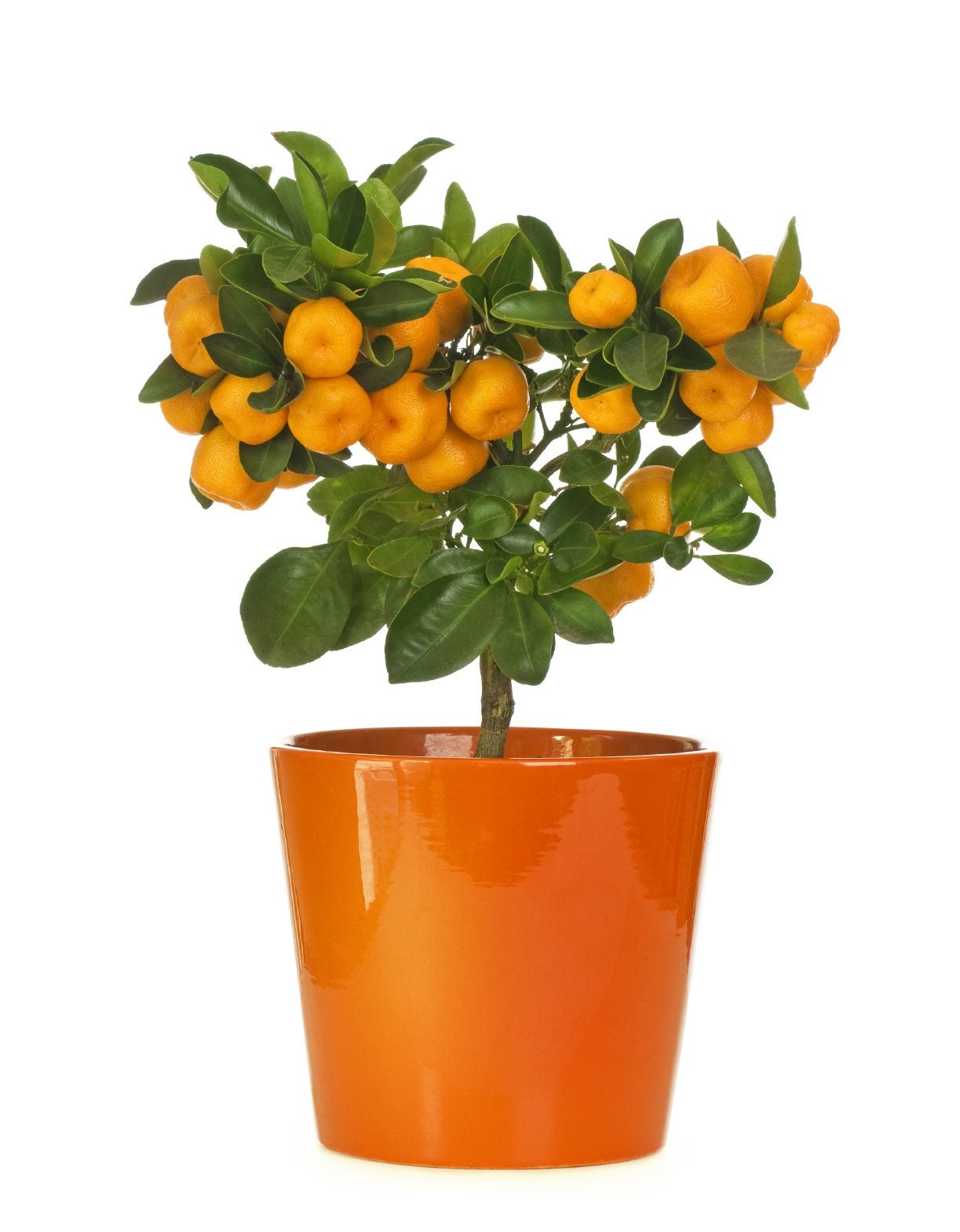 Growing Fruit Trees As Bonsai: Learn About Bonsai Fruit Tree Care
Growing Fruit Trees As Bonsai: Learn About Bonsai Fruit Tree CareIf you think bonsai are always tiny trees with fragrant flowers, you aren't alone. However, this is a misconception. You can also choose from a wide variety of fruit trees as bonsai. Learn more about bonsai fruit trees in this article.
By Teo Spengler